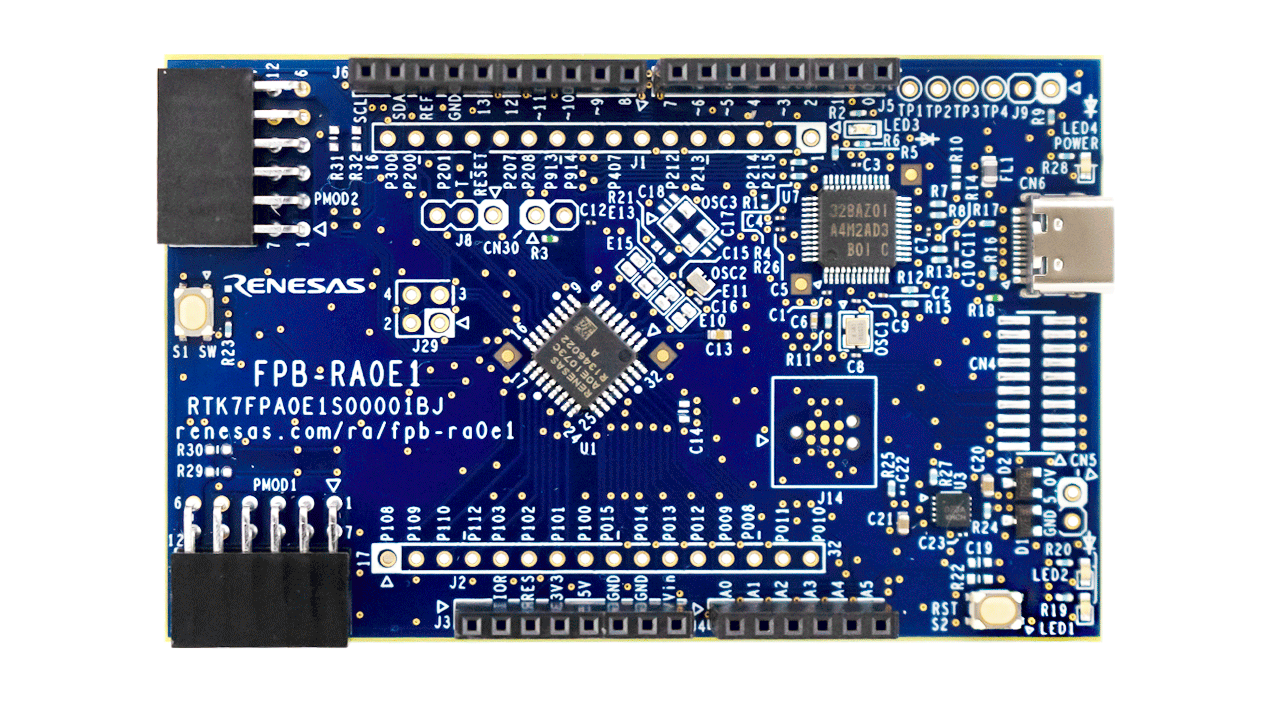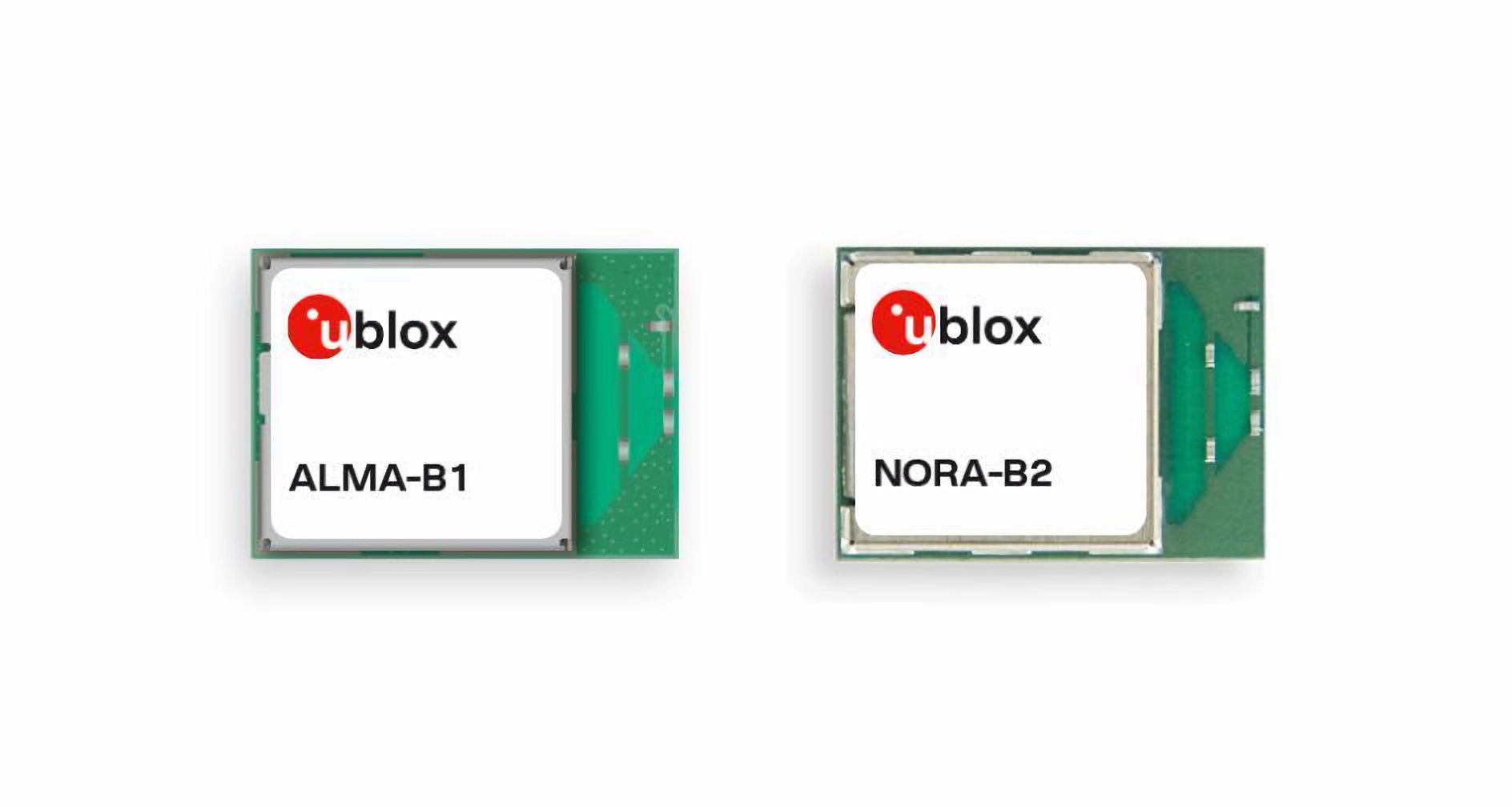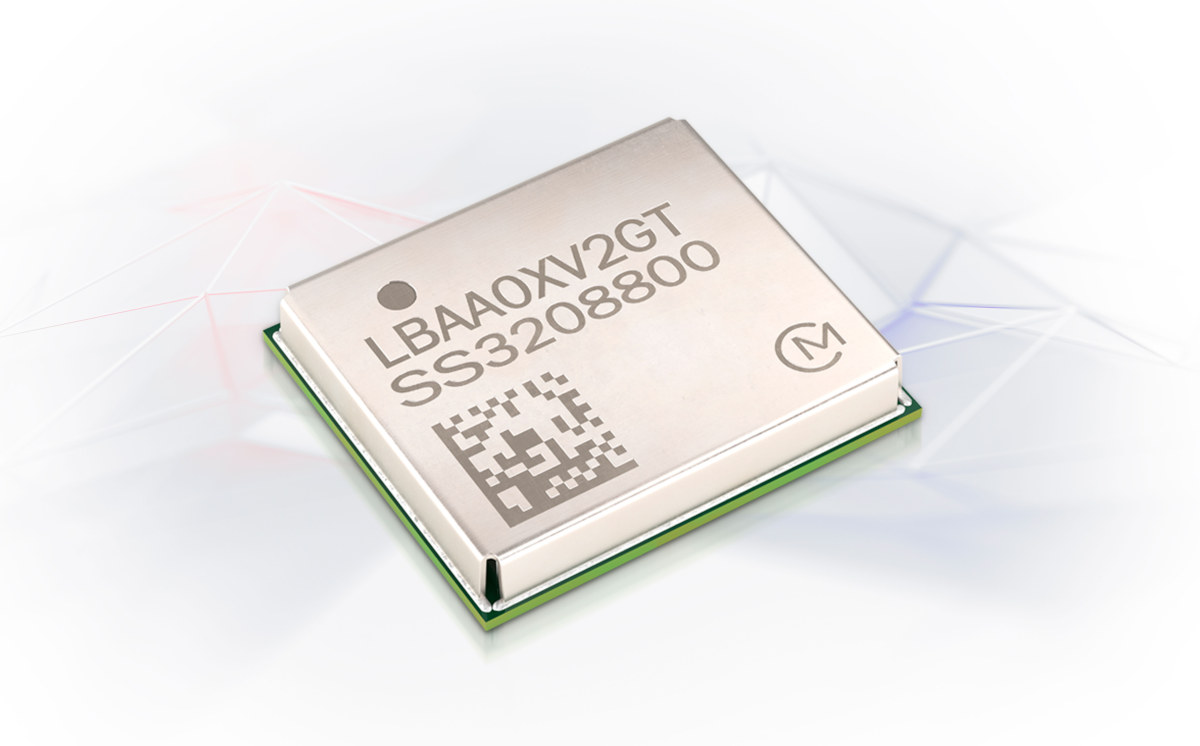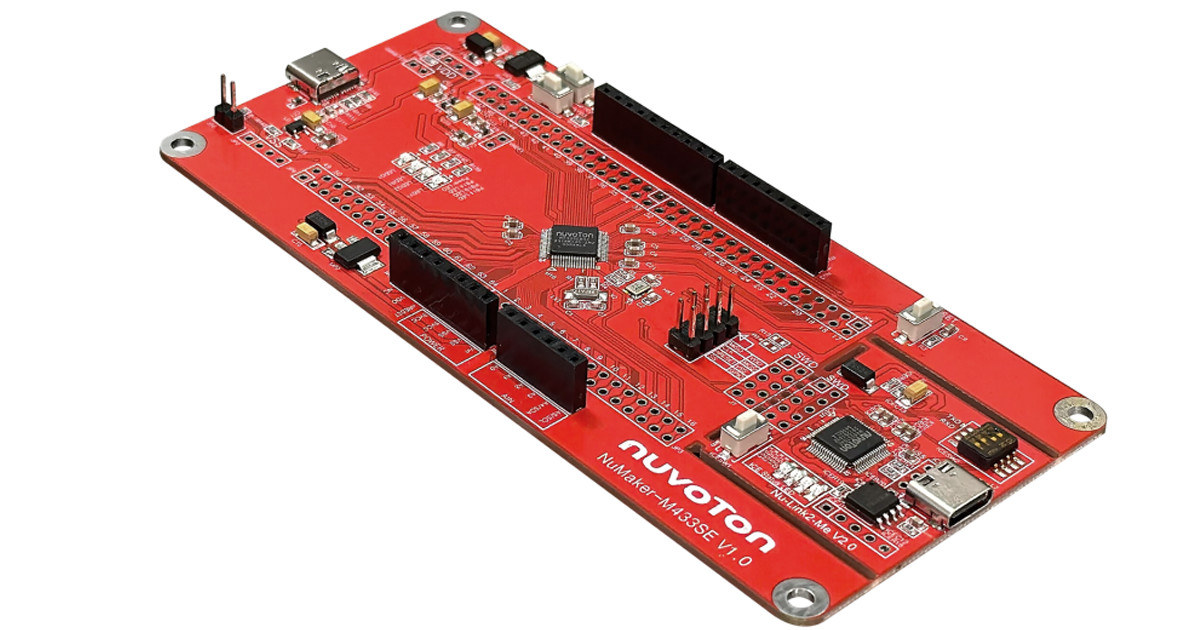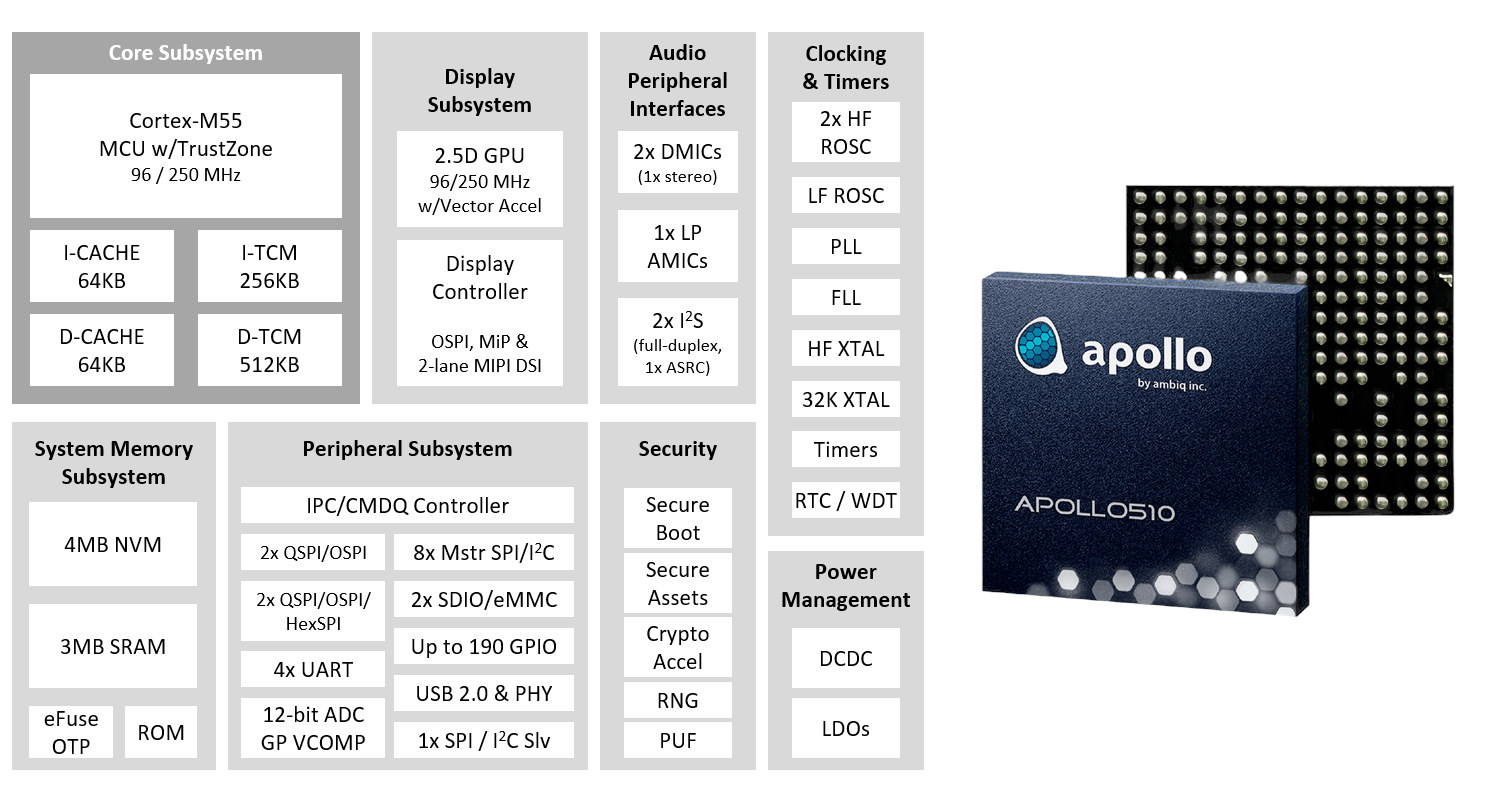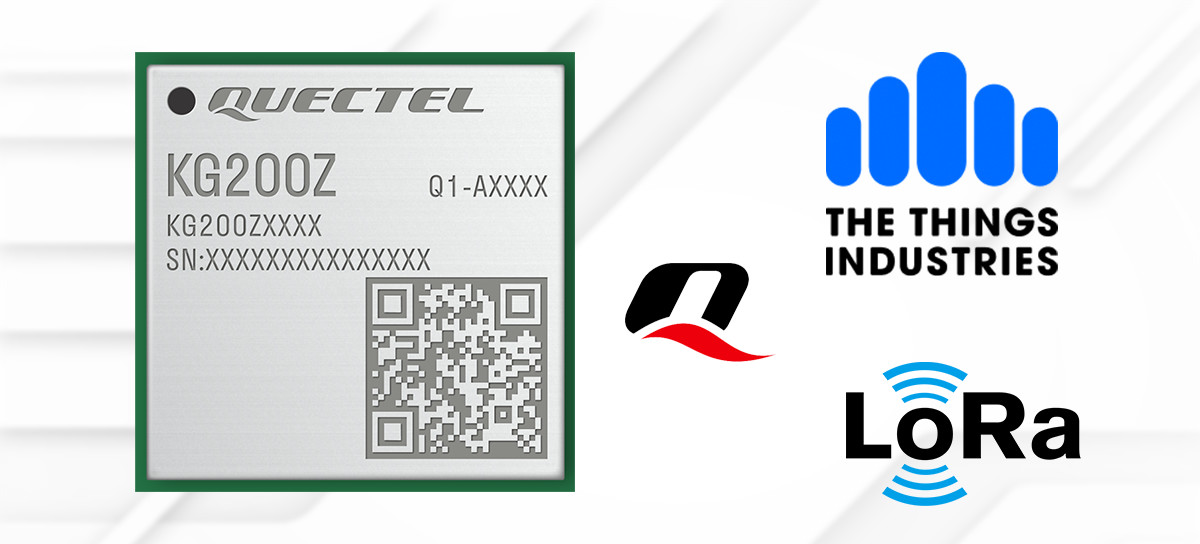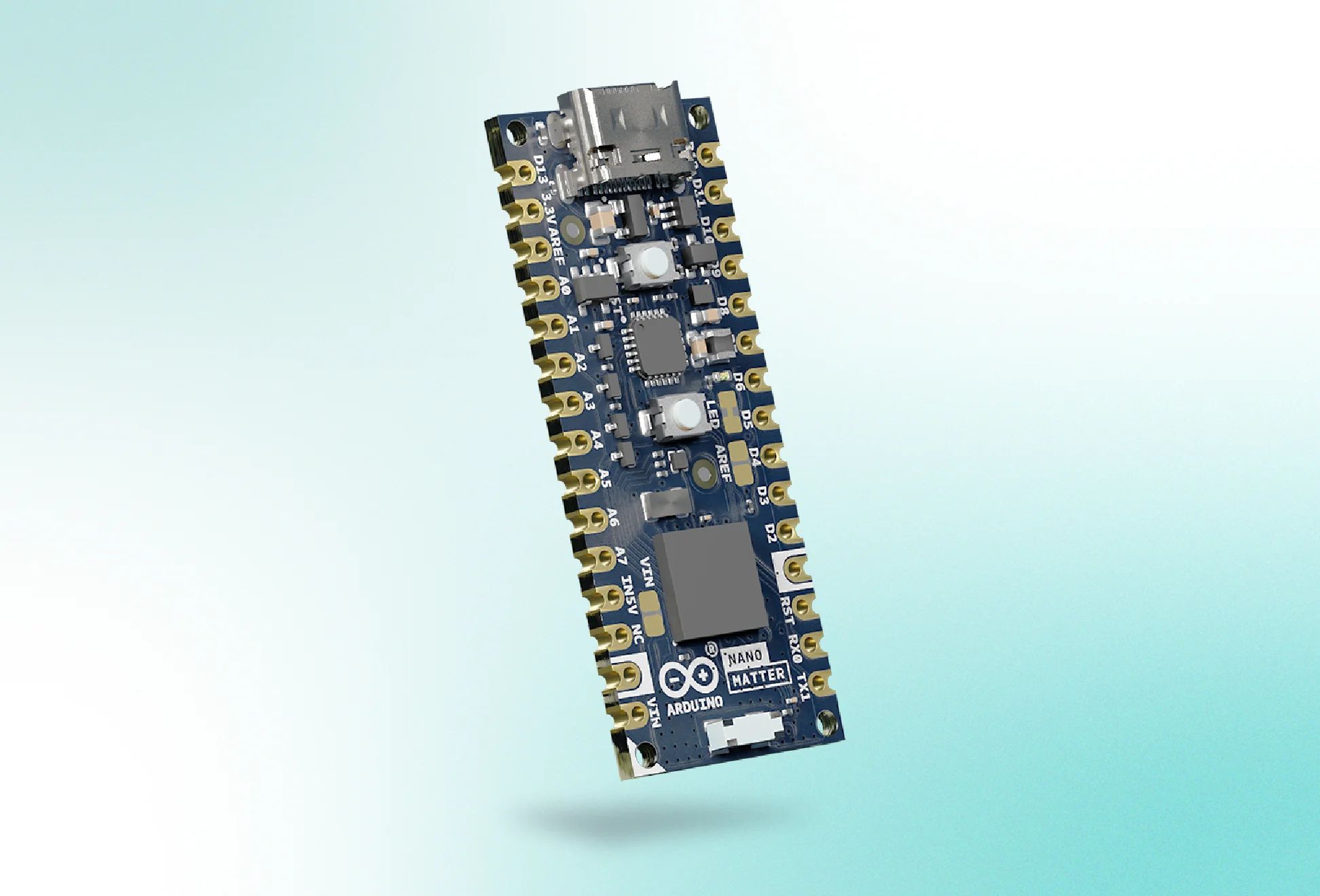Renesas has announced the new low-power RA0 microcontroller series based on the power-efficient Arm Cortex-M23 core and the entry-level RA0E1 Group in the series. According to Renesas, the RA0 microcontrollers offer the “industry’s lowest overall power consumption for general-purpose 32-bit MCUs.” With a current consumption of 84.3 μA/MHz in active mode and only 0.82 mA in sleep mode, these microcontrollers are built to provide ultra-low power consumption. They also offer a Software Standby mode where the CPU, peripheral functions, and internal oscillators cease to operate. This mode reduces power consumption further by 99% down to 0.20 µA. They also come with a high-precision, High-speed On-Chip Oscillator (HOCO) for fast wake-up. The Cortex-M23 core is based on the Armv8-M instruction set and offers a maximum clock frequency of 32 MHz, with up to 64KB of code flash memory and 12KB SRAM for storing application code and data. This feature set makes […]
Silicon Labs MG26, BG26, and PG26 Cortex-M33 AI microcontrollers offer up to 3200KB flash, 512KB RAM, 64 GPIO’s
Silicon Labs has announced the xG26 family of Cortex-M33 wireless SoCs and MCUs that consists of the multiprotocol MG26 SoC, the Bluetooth LE BG26 SoC, and the PG26 general-purpose MCU without wireless connectivity, and features double the flash and RAM of the Silicon Labs xG24 devices. The xG26 family also comes with double the number of general-purpose input/output (GPIO) pins as the xG24 to enable engineers to build more complex devices in combination with the larger flash and memory reaching up to 3200 KB and 512KB respectively and also integrates a Matrix Vector Processor (MVP) for AI/ML hardware acceleration and Math functions. Silicon Labs MG26 and BG26 wireless SoCs MG26 and BG26 key features and specifications: MCU core – Arm Cortex-M33 @ 78 MHz AI/ML accelerator – Matrix Vector Processor that is 8x faster and 6x lower power than Cortex-M33 processing, and supports an MVP Math Library for non-ML workloads […]
u-blox ALMA-B1 and NORA-B2, Bluetooth 5.4 LE modules are based on Nordic nRF54H20 and nRF54L15 SoCs
Wireless communication solutions provider, u-blox has added two new modules to its Bluetooth LE portfolio with the ALMA-B1 and NORA-B2 modules built upon the latest low-power wireless nRF54 chips from Nordic Semiconductor. Both modules come in a portable, power-efficient layout and support Bluetooth 5.4 and 802.15.4 (Thread, Matter, Zigbee). The ALMA-B1 and NORA-B2 BLE modules are powered by the low-power nRF54H20 and nRF54L15 SoCs, respectively. This enables them to provide IoT devices with sufficient processing power for edge computing and machine learning without the need for external components. u-blox claims that the ALMA-B1 module provides “more than twice the processing power of previous Bluetooth LE modules” and can replace general-purpose microcontrollers in compact solutions. Also, the NORA-B2 reportedly “consumes up to 50% less current compared to previous generations of Bluetooth LE modules,” leading to longer battery life or smaller batteries in end products. Both modules are classified as open CPU […]
Murata Type 2GT tiny LoRa module features Semtech LR1121 with Sub-GHz ISM, 2.4GHz, satellite S-Band support
Murata Type 2GT module is a tiny multi-band, low-power radio LoRa module based on the Semtech LR1121, the successor of the LR1120, that supports 860 to 930 MHz and 2.4GHz ISM bands, as well as the 2.1 GHz Satellite S-Band meaning it can work globally. The Type 2GT module measures just 9.98 x 8.70 x 1.74mm and is built on a PCB housed in a metal case and packaged as a land grid array. It combines the Semtech LR1121 RF transceiver IC, a thermally compensated crystal oscillator (TCXO), a second 32KHz crystal, an RF switch, and an RF matching network. Murata Type 2GT module (LBAA0XV2GT-001) specifications: Transceiver – Semtech LR1121 LoRa transceiver LoRa frequencies 860 to 930 MHz (ISM) 2.4 GHz ISM 2.1 GHz satellite S-Band Technology – LoRa, LR-FHSS (Long Range – Frequency Hopping Spread Spectrum) 32 MHz TCXO for maximum frequency accuracy Peripheral I/F – SPI and GPIOs […]
Nuvoton launches M433 Series ultra-low power Arm Cortex-M4F MCUs, NuMaker-M433SE development board
Nuvoton has recently announced their M433 Series MCUs (M433LE8AE and M433SE8AE) along with the NuMaker-M433SE development board. Nuvoton is calling this the “M433 CAN/USB FS OTG” Series, featuring an Arm Cortex-M4F core with DSP and FPU extensions. The MCU is clocked at 144 MHz and consumes 350 nA in deep power-down mode, making it ideal for battery-operated IoT, industrial, and consumer applications. This is not the first Nuvoton MCU we have written about. In recent months, we have seen Nuvoton release the NuMicro M091 Series, the Nuvoton MA35H0 – a cost-optimized MPU, and other dev boards and MCUs. Feel free to check those out if you are interested in the topic. Nuvoton M433 Series MCUs specifications: MCU core 144 MHz Arm Cortex-M4F Includes DSP and FPU instructions Memory Protection Unit (MPU) with 8 regions Memory Up to 128 KB Flash 4 KB LDROM Up to 64 KB SRAM with parity […]
Ambiq Apollo510 Arm Cortex-M55 MCU delivers up to 30x better power efficiency for AI/ML workloads
Ambiq Apollo510 Arm Cortex-M55 microcontroller delivers 30 times better power efficiency than typical Cortex-M4 designs and 10 times the performance of the Apollo4 Cortex-M4 sub-threshold microcontroller for AI and ML workloads. The new MCU also comes with 4MB NVM, 3.75MB SRAM, a 2.5D GPU with vector graphics acceleration that’s 3.5 times faster than the Apollo4 Plus, and support for low-power Memory-in-Pixel (MiP) displays. Like all other Ambiq microcontrollers, the Apollo510 operates at sub-threshold voltage for ultra-low power consumption and implements security with the company’s secureSPOT platform with Arm TrustZone technology. Ambiq Apollo510 specifications: MCU Core – Arm Cortex-M55 core up to 250 MHz with Arm Helium MVE, Arm TrustZone, FPU, MPU, 64KB I-cache, 64KB D-cache, 256KB I-TCM (Tighly Coupled Memory), 256KB D-TCM, Graphics – 2.5D GPU clocked at 96 MHz or 250 MHz with vector graphics acceleration, anti-aliasing hardware acceleration, rasterizer/full alpha blending/texture mapping, texture/framebuffer compression (TSC4, 6, 6A and […]
Quectel KG200Z LoRa module is now secured by The Things Stack
In January of this year, Quectel launched the KG200Z LoRa Module, an Arm Cortex-M4-based module boasting a self-proclaimed range of 2-5 kilometers in urban settings and 10-15 kilometers in suburban areas. At that time, it was just another LoRa module with some additional features. However, in the latest development, Quectel and The Things Industries have announced a partnership that ensures this LoRa module comes integrated with “Works with The Things Stack” and “Secured by The Things Stack” certifications, enhancing its value and utility. In simpler terms, it’s been tested and proven to operate smoothly within The Things Stack ecosystem. Earlier this year, we saw STMicro and Particle Industries release their LoRa-based modules and devices. Feel free to check those out if you are interested. KG200Z LoRa Module Specification: Arm Cortex-M4-based standalone LoRa module (STM32WL) Frequency support – 470–510MHz and 862–928MHz bands Low power – 1.7 μA in deep sleep mode […]
Arduino Nano Matter board specifications and price announced
The Arduino Nano Matter is the product of a collaboration between Arduino and Silicon Labs. The Nano Matter board was announced in January and is powered by SiLabs’ MGM240S chip. It offers multiple wireless connectivity options such as Matter, OpenThread, and Bluetooth Low Energy. Support for the Matter standard is the Nano Matter board’s key offering. Matter is an open-source, connectivity protocol that lets smart home devices from different manufacturers interoperate seamlessly. The 45mm x 18mm board leverages dual-mode connectivity, with IEEE 802.15.4 (Thread) for mesh networking and Bluetooth Low Energy for short-range communication. It is targeted at the Internet of Things, home automation, professional automation, environmental monitoring, and climate control applications. Prospective industrial applications include machine-to-machine interoperability, machine status monitoring, and worker status optimization. Arduino Nano Matter specs: MPU – SiLabs MGM240SD22VNA MCU core – 32-bit Arm Cortex-M33 with DSP (digital signal processing) instruction and FPU (floating-point unit) @ […]


